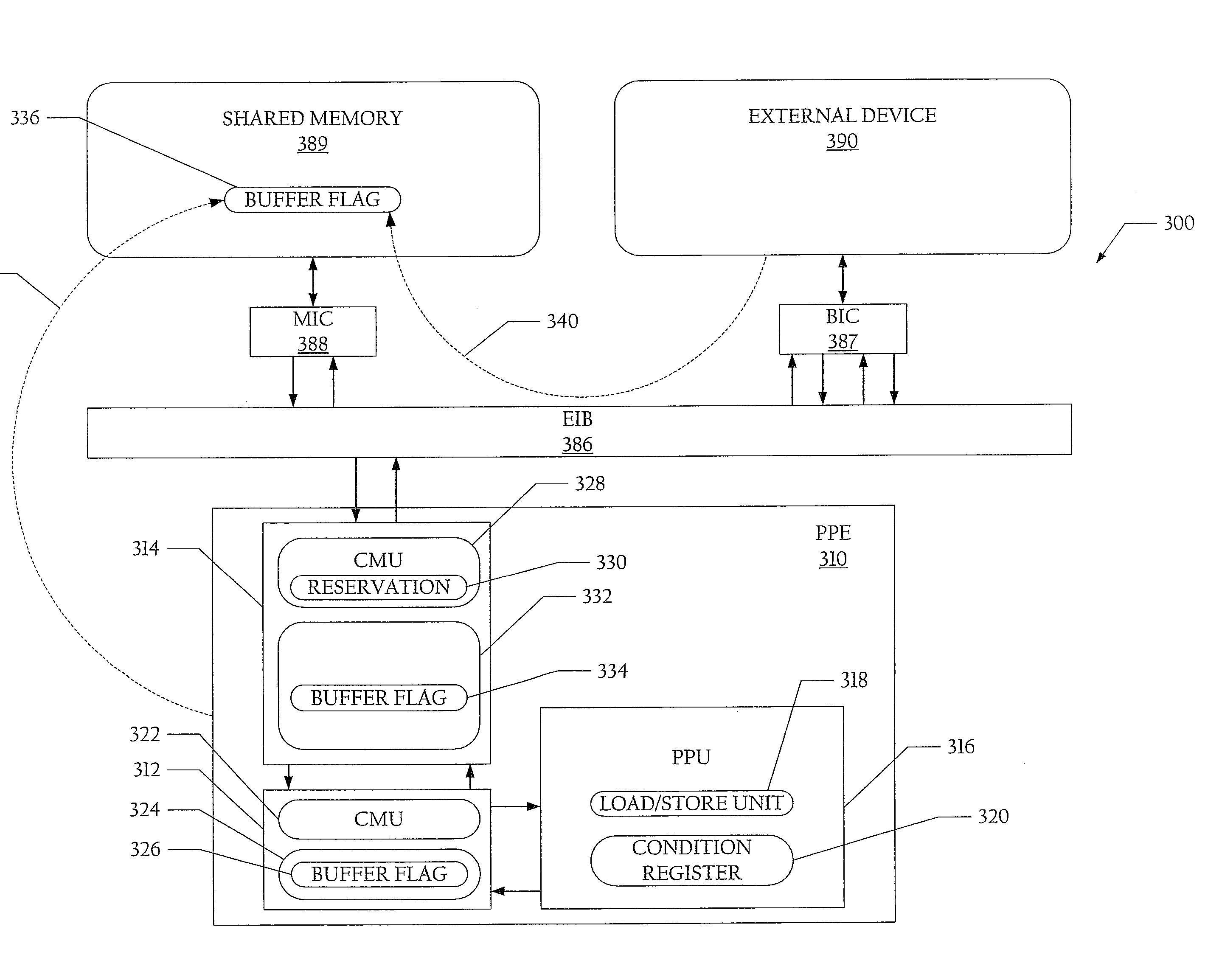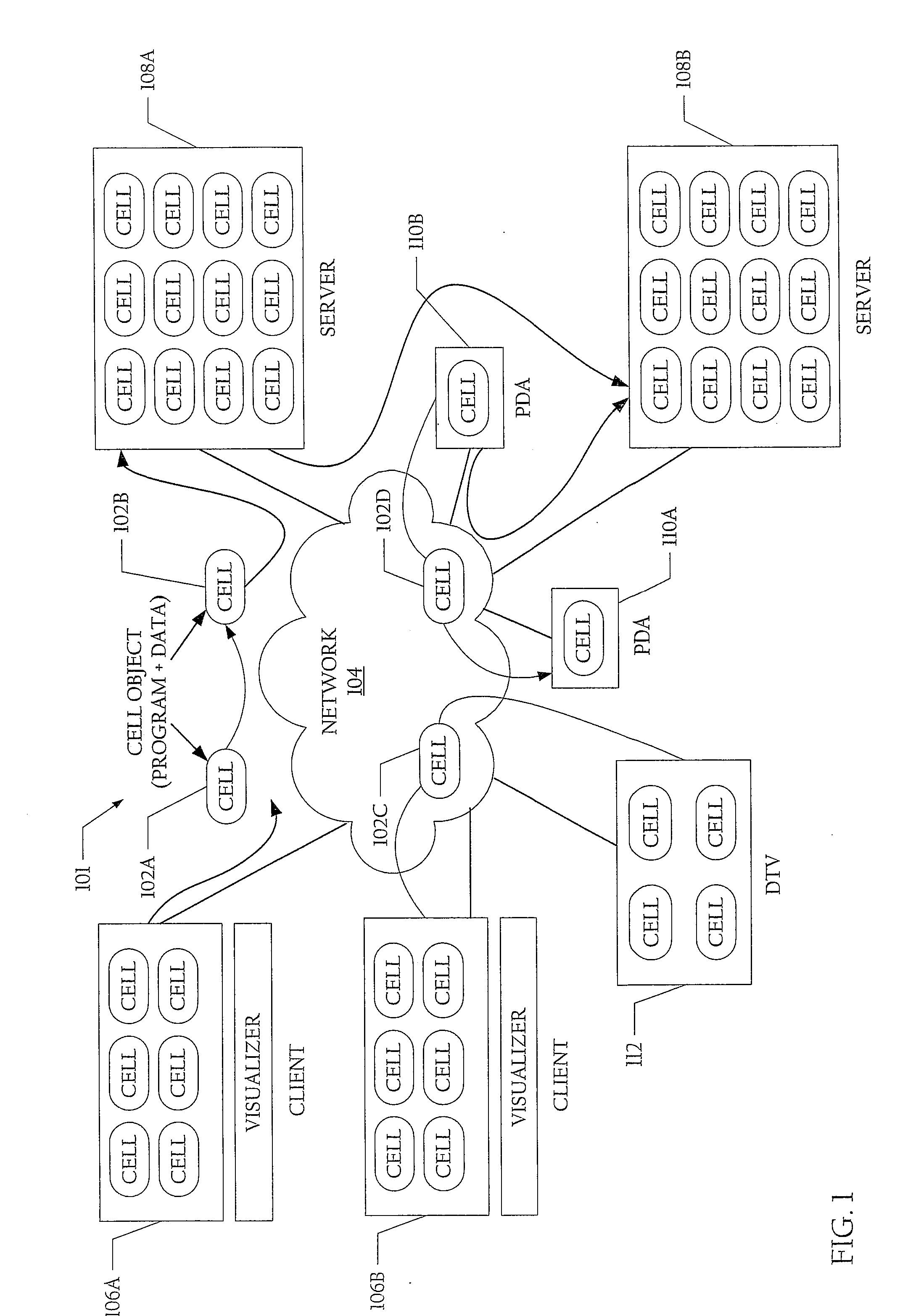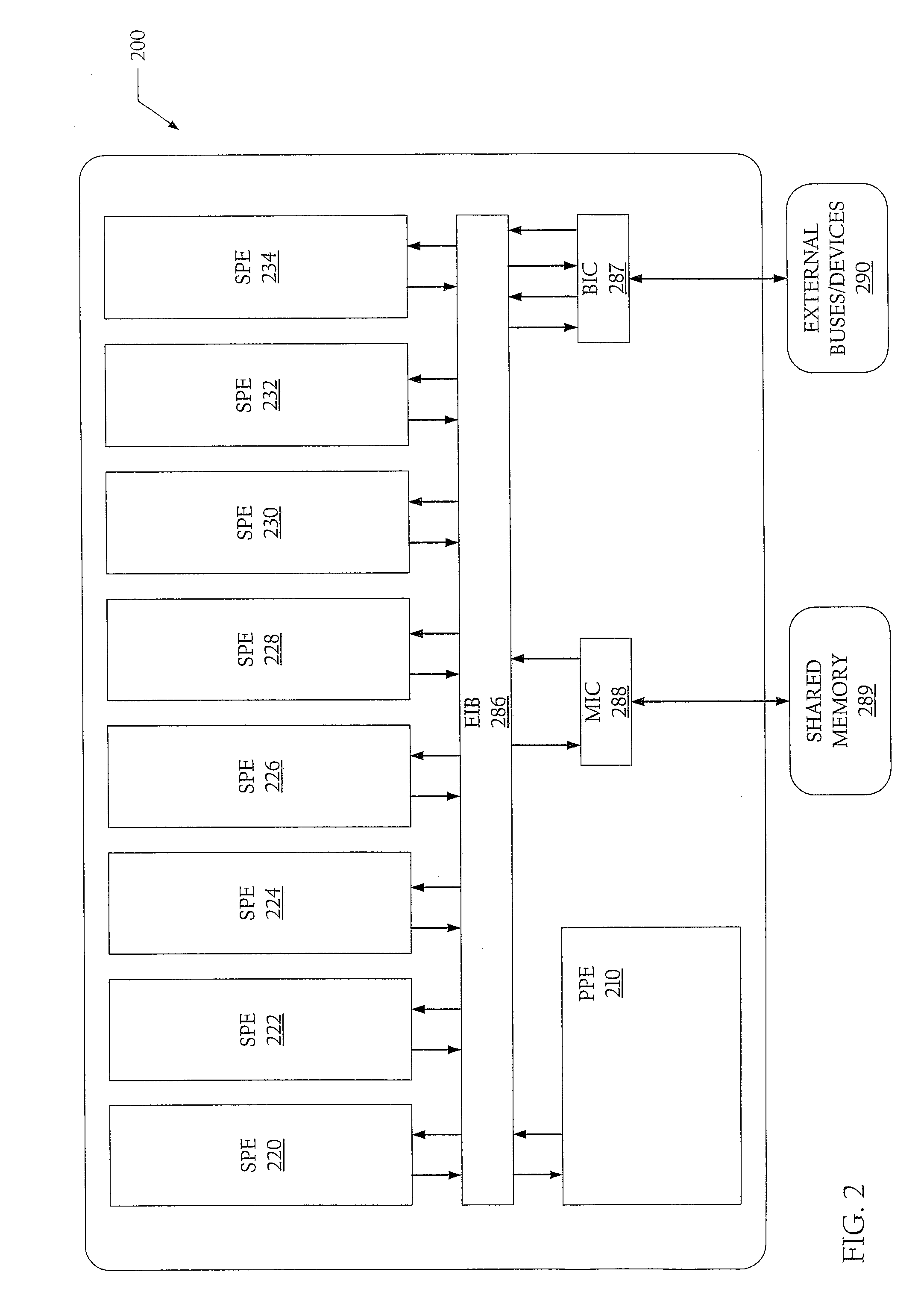Design structure for performing cacheline polling utilizing a store and reserve instruction
- Summary
- Abstract
- Description
- Claims
- Application Information
AI Technical Summary
Problems solved by technology
Method used
Image
Examples
Embodiment Construction
[0024]The following sets forth a detailed description of at least the best contemplated mode for carrying out the one or more systems, devices and / or processes described herein. The description is intended to be illustrative and should not be taken to be limiting.
[0025]In the following detailed description, numerous specific details such as specific method orders, structures, elements, and connections have been set forth. It is to be understood however that these and other specific details need not be utilized to practice embodiments of the present invention. In other circumstances, well-known structures, elements, or connections have been omitted, or have not been described in particular detail in order to avoid unnecessarily obscuring this description.
[0026]References within the specification to “one embodiment,”“an embodiment,” or “embodiments” are intended to indicate that a particular feature, structure, or characteristic described in connection with the embodiment is included ...
PUM
 Login to View More
Login to View More Abstract
Description
Claims
Application Information
 Login to View More
Login to View More - R&D Engineer
- R&D Manager
- IP Professional
- Industry Leading Data Capabilities
- Powerful AI technology
- Patent DNA Extraction
Browse by: Latest US Patents, China's latest patents, Technical Efficacy Thesaurus, Application Domain, Technology Topic, Popular Technical Reports.
© 2024 PatSnap. All rights reserved.Legal|Privacy policy|Modern Slavery Act Transparency Statement|Sitemap|About US| Contact US: help@patsnap.com










